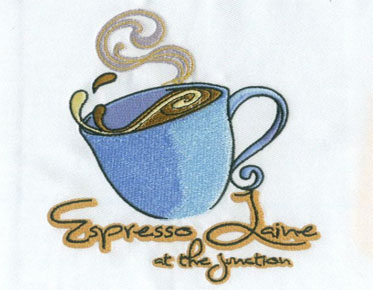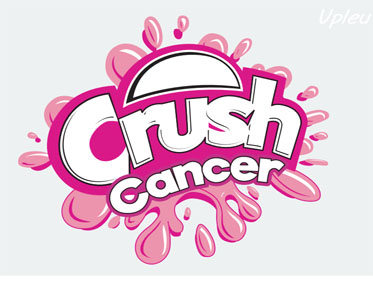Pixel to Stitch: Digitizing Retro Video Game Characters for Timeless Embroidery
Embroidery, a timeless craft, meets the pixelated allure of retro video games in a harmonious fusion of past and present. In this blog, we embark on a journey into the world of digitizing retro video game characters for stitching, exploring how the charm of pixels can be translated into stitches, and creating unique and nostalgic embroidered pieces.
The Pixel Art Renaissance: Nostalgia Reloaded
1.
Understanding Pixel Art:
● Pixel art, characterized by its blocky and pixelated aesthetic, was the
visual language of early video games. Today, it's not just a design choice;
it's a nostalgic revival of a bygone era.
2. The
Enduring Appeal:
● Retro video game characters hold a special place in the hearts of
gamers. The simplicity of pixel art captures the essence of a time when
imagination filled the gaps left by limited graphics.
3. From
Screen to Thread: The Digitization Process
a. Selecting the Right Characters:
● Choose iconic characters that resonate with gamers. Mario, Sonic,
Pac-Man—the classics never go out of style.
b. Digitizing Software Magic:
● Utilize advanced digitizing software to
translate pixel art into embroidery-friendly designs. This process involves
converting pixels into stitches and capturing the character's details.
c. Consideration for Stitch Types:
● Different characters may require various stitch types. Satin stitches for smooth surfaces, fill stitches for larger areas, and backstitches for defining outlines ensure a faithful representation.
Tips and Tricks for Perfect Pixel-to-Stitch Translation
1.
Color Matching Mastery:
● Achieve accurate color representation by matching embroidery thread
shades with the original pixel colors. This attention to detail ensures the
character remains true to its digital form.
2. Size
Matters:
● Determine the size of your embroidered masterpiece. Consider the
intended use—whether it's a small patch, a framed artwork, or part of a larger
design.
3.
Detailing Delicacies:
● Pay extra attention to small details. Pixel art relies on precision, and capturing these nuances elevates the embroidery from a mere representation to a faithful homage.
Embroidery Challenges and Solutions
1.
Small Scale, Big Impact:
● Small-scale pixel art can pose challenges in terms of stitch density.
Adjusting your digitization to accommodate smaller details is crucial for a
clear and recognizable outcome.
2.
Maintaining Clarity:
● Balancing the desire for intricate details with the constraints of embroidery requires a keen eye. Simplify where necessary to maintain clarity.
Showcasing Retro Gaming Artistry: Applications and Ideas
1.
Gaming-Themed Apparel:
● Transform plain garments into gaming tributes. T-shirts, hoodies, and
caps adorned with retro characters become wearable celebrations of gaming
nostalgia.
2.
Customized Gaming Accessories:
● Personalize gaming accessories like controller pouches or console
covers with embroidered renditions of beloved characters.
3.
Framed Pixel Portraits:
● Elevate the artistry by framing your embroidered pixel characters. Create a gallery wall that pays homage to the pioneers of the gaming world.
Conclusion: A Stitch in Time,
Pixels Forever Preserved
In the delicate dance between the digital and
the tangible, the art of digitizing retro video game characters for embroidery
becomes a testament to the enduring legacy of gaming. As you thread your needle
through the pixelated landscapes of Mario's Mushroom Kingdom or Sonic's Green
Hill Zone, you're not just stitching; you're weaving the threads of nostalgia
and creativity into a tangible homage. Let the pixels of yesteryear be reborn
in the stitches of today, and may your embroidered retro characters stand as
timeless tributes to the golden age of gaming. In this fusion of art forms, a
stitch in time truly preserves the pixels that shaped our gaming memories.



